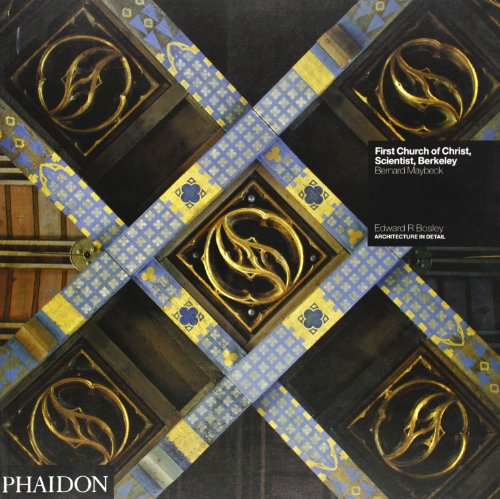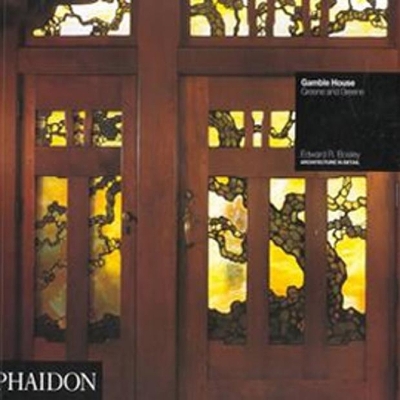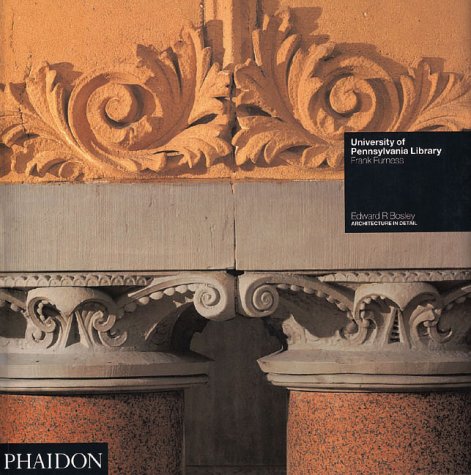Architecture in Detail
3 total works
The Gamble House was the masterpiece of Greene and Greene's new regional style. Built for a wealthy heir of the soap firm Procter and Gamble, the house represents the full ennoblement of the California bungalow image, yet the building is still striking for its intimacy, intricacy and scale. Stunning photography by Tim Street-Porter reveals this house as a genuine and enduring masterpiece.
Launched in 1991, the Architecture in Detail series attracted immediate acclaim and now comprises more than 60 titles. These books are highly collectable documents, each focusing in depth on a celebrated building. The series covers all sides of the vast spectrum of architecture from the past, present and future; the individual buildings are selected for their exceptional character, innovative design or technical virtuosity.
Each volume contains a definitive text by a respected author; a sequence of colour and black-and-white photographs; a series of technical drawings; and a set of essential working details. These titles are vital to every architectural library, appealing to the professional and student alike, or indeed anyone with an appreciation of buildings.


